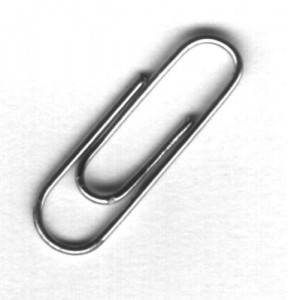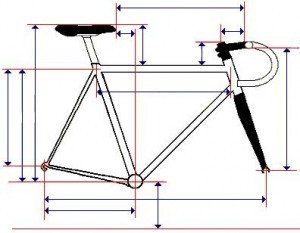Newspaper Dimensions
The newspaper sizes listed below are the standards worldwide.  However, some newspapers may reduce the size by a few millimeters or so. But overall, the following dimensions still hold.
However, some newspapers may reduce the size by a few millimeters or so. But overall, the following dimensions still hold.
Tabloid Size and Layout
The standard tabloid measures 380 mm deep x 289 mm wide. The single page picture area is usually 350 mm deep x 264 mm wide. For a center spread image, the size is typically 350 x 548 mm. For other single page images, the area is 350 mm x 274 mm. The colored pages are usually at the front, center and back. Other colored pages are usually featured at least every four pages.
Newspaper Sizes: Quarterfold Newspapers
The dimensions are 260 mm deep x 190 mm wide. For the single page image, it is 250 mm x 180 mm; for the center spread it is 250 mm deep x 370 mm wide.
Other newspapers use 250 mm x 365 mm for the spread single page. The colored pages are 8 (front, center, back and the four pages of the plate). Other colored pages are added every eight pages.
Note: like tabloids, quarterfold newspapers are subject to the pagination schemes used by the publishers. This affects the size of the papers.
Newspaper Sizes: Broadsheets
The average size is 575 mm deep x 380 mm wide. For the single page image / picture area, it is 548 mm x 350 mm. The full color pages are usually the front and back. Sometimes, broadsheets have a few other colored pages. These are added every two pages.
Other Newspaper Dimensions
Some broadsheets are slightly larger, measuring 600 mm by 380 mm (23½ by 15 inches). Some American and European tabloids are a millimeter or two bigger (380 mm by 300 mm / 15 by 11¾ inches), The Berliner or Midi measures 470 mm by 315 mm or 18½ by 12¼ inches. The size is used by some European newspapers like the Guardian in the United Kingdom and the Le Monde in France.
Note: the compact newspaper size is the same as the tabloid. The term compact is used to distinguish it from the more sensationalistic format of tabloids.
State of Newspapers Today
Since the early 2000s, there has been a trend among broadsheets to reduce their size. While some broadsheets reduce their size by a few millimeters, others have reduced their size to tabloid. There are two reasons cited for this.
Number one is that readers prefer the compact size as they’re easier to read. This is particularly true when commuting. Another reason are rising costs.
Since 2001, the number of newspapers facing closure in the US has gone up. Not only is competition among traditional newspapers intense, but online blogging and websites are enabling anyone with Net access to read the news and express their views. This has resulted in loss of revenues among traditional newspapers.
Newspaper sizes aren’t just the ones that are changing; with the advent of blogging and online papers, the future of the industry itself is in a state of flux.





